Swedish Beverages: Basic Overview
Common Ingredients
Common Preparing Methods
Key Taste
Drinking Etiquette
Culinary Festivals
Influence and Fusion
Classifications of Swedish Beverages
-
Alcoholic
These are often reserved for special occasions, holidays, and are consumed with a sense of ceremony.
Spirits like akvavit and glögg carry distinct flavors derived from local spices and herbs
-
Non-Alcoholic
Non-alcoholic beverages in Sweden, particularly coffee, are a staple in everyday life.
The country also has a lot of soft drink choices. Some are widely consumed around festive seasons like Christmas.
Swedish beverages are known for alcoholic drinks, like beer, liquors, and cocktails, but its non-alcoholic selections, like tea, coffee, or soft drinks, are also popular.
While they share numerous beverages with their Northern European neighbors, such as Akvavit, beer, and vodka, Swedes have a distinct way of embracing their drinks.
From indulging in high alcohol consumption during weekends and holidays to adhering to strict laws on public drinking and sales of alcoholic beverages, the country’s relationship with drinks is a balancing act of moderation and celebration.
The traditional drink culture in Sweden is also interesting. After reading it, you will understand why it is starting to gain global recognition.
Next, I also suggest the 18 most popular Swedish drinks, either alcoholic or non-alcoholic, with their details, like origin, history, type, main ingredients, varieties, or famous brands (if any).
You can also discover the distinctive traits of Swedish beverages. Next, I’ll take you through ideal drink pairings with Swedish dishes. Continue reading to explore the 18 most well-liked Swedish drinks.
18 Popular Swedish Beverages with Filters
From non-alcoholic to alcoholic choices, Swedish beverages offer a delightful taste of the nation’s cuisine. You can also use the filters to search your beloved drinks based on ingredients, types, popularity, etc.
Moreover, Sweden has an array of traditional, national, fusion, and street drinks, with the below characteristics.
Swedish traditional beverages carry a profound significance, some are served in seasonal celebrations. For example, Glögg and Julmust become widely popular during the Christmas season.
They can be aromatic coffees served in bustling cafes to innovative craft sodas in street markets.
These drinks include unique, non-traditional flavors or ingredients not commonly found in Swedish cuisine.
Julmust
- Non-Alcoholic
- National
- Traditional
Julmust (meaning Christmas juice or Christmas must) is a traditional Swedish soft drink with spices and malt extract flavors, giving the mixture a sweet blend of Cola and root beer.
There’s no actual must (non-fermented fruit juice) in Julmust! Julmust is a staple in Sweden, filling local stores, supermarkets, and convenience stores.
Impressively, around 50% of the total Swedish soft drink volume in December is from Julmust. That means about 45 million liters and 75% of the total yearly Julmust sales.
Julmust was created in 1910 by Harry Roberts and his father, Robert Roberts. While predominantly associated with Christmas, Julmust also appears during Easter under the name Påskmust, the only other time it’s available for purchase.
Glögg
- Alcoholic
- Traditional
Glögg is a Swedish Christmas beverage featuring an aromatic blend of red, and port wines with brandy forming its foundation. Then, sugar and water are added, while spices like ginger, cloves, cardamom, and cinnamon contribute complexity.
Glögg is quite different from mulled wines in other countries. That distinction boils down to the use of more spices, alcohol varieties, blanched almonds, and raisins.
The preparation methods for this Christmas drink can range from boiling water with spices before adding the alcohol to simmering alcohol and steeping the spices. Some versions omit the liquors. Usually, people serve Glögg in a special little mug with a handle.
Baltic Porter
- Alcoholic
- Traditional
Baltic porter is a rich and dark beer in the Baltic countries, including Sweden. Locals came up with it after experiencing English porter, which made its way to the region in the late 18th century.
With a higher alcohol content, Baltic porter in Sweden is well-hopped and bursts with malty, nutty flavors, thanks to its old fermentation and cold-lagering process.
The most famous brand in the country is Carnegie Porter.
Punsch
- Alcoholic
- National
- Traditional
Punsch is a punch-like drink with a blend of Arrack (a distilled drink from coconut palm sap or rice native to Asia), white rum or vodka, sugar syrup, lemon zest, and nutmeg.
Punsch is a sweet, rich liqueur that can be savored both warmed and chilled. Popular brands in Sweden are Kronan Swedish Punsch and Facile XO Swedish Punsch. Punsch is also available as a bottled liqueur.
It was created in the 18th century thanks to the voyages of the Swedish East India Company.
Filmjölk
- Non-Alcoholic
- Traditional
Filmjölk is a fermented milk product, a sort of Swedish yogurt that can be enjoyed as a beverage. It’s the concoction of cow’s milk and bacteria (like Lactococcus lactis and Leuconostoc mesenteroides).
Filmjölk offers a mild, buttery, and slightly acidic flavor. It offers a lot of diversity with different flavors (like strawberry, honey, vanilla, and fruits), flexible fat contents, or the addition of probiotic bacteria for extra health benefits.
Filmjölk’s shelf life typically stretches to 10-14 days at refrigeration temperature. You can pick up this drink at local grocery stores and supermarkets.
Filmjölk is a fantastic Swedish breakfast drink that locals often pair with fruits like berries, fruit conserves, honey, breakfast cereal, or oats.
Pommac
- Non-Alcoholic
- National
- Traditional
Pommac is a Swedish carbonated soft drink crafted by Carlsberg Sverige AB from various fruits and berries.
Unlike most soft drinks, Pommac is aged in oak barrels for three months to mature. It took its name from the Pommery (a word for champagne and cognac).
Pommac is the go-to non-alcoholic champagne alternative during festive occasions. Once a preferred alcohol-free wine substitute for the upper classes, Pommac is now enjoyed by people from all walks of life.
Akvavit
- Alcoholic
- National
- Traditional
Akvavit is a Scandinavian distilled spirit and a common sight in Sweden’s beverage scene. It boasts a uniquely savory flavor.
Deriving its name from the Latin term “aqua vitae,” or “water of life,” Akvavit is made from grain or potatoes and spices. Caraway and/ or dill seeds are a vital flavoring.
Traditionally, people serve Akvavit chilled and straight in a small shot glass. It can pair with classic Nordic dishes like cheese, pickled herring, lutefisk, or smoked fish. Akvavit has around 40% ABV and is the national beverage of Scandinavian countries.
Sweden’s most recommended Akvavit brand is O.P. Anderson Aquavit from the Anora Group.
Isbjörn
- Alcoholic
- Exotic
Isbjörn is the Swedish version of the Blue Lagoon, a famous French-origin cocktail. Isbjörn is literally “polar bear” or “ice bear,” so another English translation for the cocktail is the Swedish Polar Bear cocktail.
Isbjörn consists of Blue Curaçao, vodka, and fruit soda or juice (typically lemonade). Swedish versions often choose Sprite or 7Up for the soda part.
This sweet cocktail is served in a highball glass and topped with a slice of orange, lime, or lemon. Isbjörn is available in virtually any bar in Sweden.
Söder Tea
- Non-Alcoholic
- Exotic
- Traditional
Söder tea or Söderblandning is a tea blend from Södermalm, Stockholm, Sweden. The name translates to “Tea from Södermalm” or “Södermalm blend.”
Invented by Vernon Mauris in 1979, Söderblandning is a fusion of Ceylon and Chinese black tea with tropical fruits and flowers.
This Swedish tea is full-bodied, sweet, and fruity, plus with a subtle hint of acidity.
Brännvin
- Alcoholic
- National
- Traditional
Brännvin is a Swedish liquor made primarily from potatoes or grains. The liquor is a potent spirit with an alcohol content ranging between 30% and 38%. The name Brännvin is usually translated to “burn wine.”
Brännvin is tasteless and colorless, but it sometimes includes herbs and spices for more flavors. While locals usually consume Brännvin on its own, the drink is a critical ingredient for Akvavit.
Vodka
- Alcoholic
- Traditional
Vodka is a prevalent distilled liquor in Sweden. Despite its roots in Poland and Russia, vodka has become a part of Swedish culture since the 15th century.
Its principal ingredients are potatoes or grains. Two renowned vodka brands command the Swedish market: Absolut and Explorer, produced by The Absolut Company AB (Pernod Ricard) and the V&S Group, respectively. Both brands derive their vodka from wheat.
Vodka is as popular in Sweden as in Eastern, Central, and Northern Europe. But it is less of an ordinary drink and more of a spirit reserved for special occasions for Swedes.
Swedish Wine
- Alcoholic
- Traditional
Wine in Sweden, known locally as “Vin”, is a Swedish drink with a long history dating back to 1100 BC. But its production was mainly a hobbyist venture until the 1990s when the industry was established.
The white grape variety, Solaris, is the most popular ingredient. As a result, white wine dominates the market, with red and ice wines (made from frozen grapes) trailing behind.
Statistics from 2020 showed the average Swede drank nearly 25 liters of wine. Systembolaget, the state-run alcohol monopoly, is the only retailer of wine.
Swedish Beer
- Alcoholic
- Traditional
Swedish beer is one of the most sought-after alcoholic drinks in Sweden, with roots in the Middle Ages. Known as Öl in the local language, beer is divided into three main types based on alcohol strengths.
The three types of Swedish beer are Lättöl, Folköl, and Starköl. Lättöl (light beer), with a maximum ABV of 2.25%, is a favored choice at lunch restaurants. Folköl (people’s beer) is the go-to choice in liquor stores and groceries for those over 18, boasting a maximum ABV of 3.5%.
Meanwhile, Starköl (strong beer) is only available at Systembolaget stores as its alcohol content is over 3.5%. Sweden’s three most popular beer brands are Norrlands Guld, Falcon Export, and Närke Kaggen Stormaktsporter.
Swedish Cider
- Alcoholic
- Traditional
Cider in Sweden is an alcoholic beverage with numerous flavors. The Swedish version is typically sweeter in cider in other countries.
The beverage charm lies in the core ingredients, with only pears or apples used. Rekorderlig, Kopparberg, and Herrljunga are popular brands.
The classic version of Swedish cider boasts an ABV ranging from 4% to 7%, but there’s a non-alcoholic version in the market.
Swedish Fish Shot
- Alcoholic
- Exotic
- Street Beverages
Swedish Ffsh shot is a jiggly jello shot in Sweden that combines Swedish Fish candy, blackberry schnapps, cranberry juice, vodka, and triple sec. Each cup is topped with one Swedish fish candy for a slightly sweet and berry-forward flavor profile.
Bathed in hues of pink to red or orange, the Swedish fish shot is a sight for sore eyes. You can find this Swedish beverage at various bars in the country.
Swedish Coffee
- Non-Alcoholic
- Traditional
Coffee is an essential drink in Sweden, the world’s second-heaviest coffee-drinking nation.
A cornerstone of Swedish fondness for coffee is “Fika,” the Swedish coffee and cake break that prioritizes communal bonding. Fika usually features a cup of coffee accompanied by pastries. But Swedes sometimes choose drinks like tea, juice, hot chocolate, or even lemonade for Fika.
Pucko
- Non-Alcoholic
- Traditional
Pucko is a mild, cold chocolate drink from Sweden. The Swedish chocolate drink combines chocolate, pasteurized milk, and sugar.
It has various versions, including diet, dark chocolate, and other flavors. Pucko usually comes in 20 cl glass bottles with a screw top, but you can also find it in cartons, bottles, and aluminum cans.
Most shops selling cold beverages and hot dogs also offer Pucko, which goes well with Swedish hot dogs (especially the Halv special variety). In Göteborg, when ordering at a hot dog stand, you can ask for a “Stockholmare,” a local slang word for Pucko.
Trocadero
- Non-Alcoholic
- Fusion
- Traditional
Trocadero is a soda that originates from Scania, Sweden. Also referred to as Troca, this fizzy drink boasts a blend of apple and orange infused with caffeine. Trocadero was introduced by Saturnus AB in 1952 and quickly became a sensation.
Trocadero is a favorite local beverage in Norrland, the northern part of Sweden. Like Coca-Cola, Trocadero is one of the few sodas in Sweden to contain caffeine.
What Are the Characteristics of Swedish Beverages?
Below are five key traits that will give you an overview of the beverage in Sweden.
What Swedish Drinks to Pair With Foods?
Choosing the right Swedish drinks to go with local foods can be a difficult task, but I will walk you through some fantastic pairings with famous Swedish entrees, desserts, and street foods.
Get Into the Spirit of Swedish Drinks, Why Not?
More than just thirst quenchers, these drinks can improve your experience with Swedish staple creations by aiding the flavors .
Don’t forget to share these beverages with friends and family who might also appreciate a virtual Swedish soiree. Leave a comment, sharing your thoughts and experiences about Swedish drinks. Many thanks!



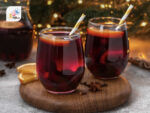
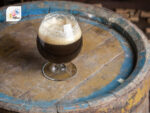
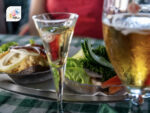


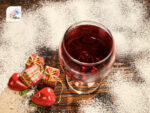
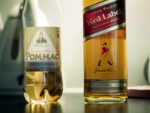
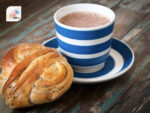

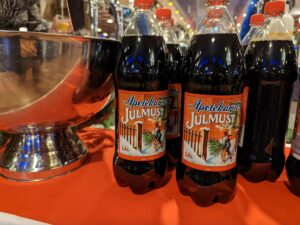
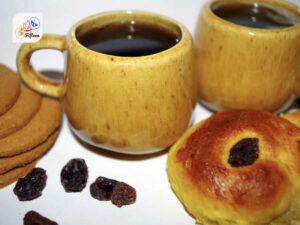
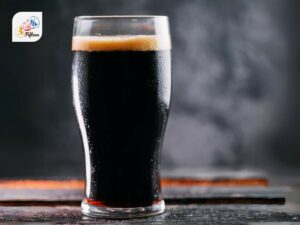
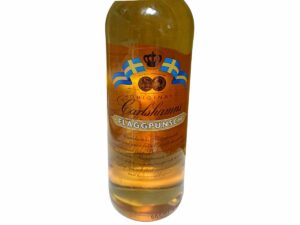
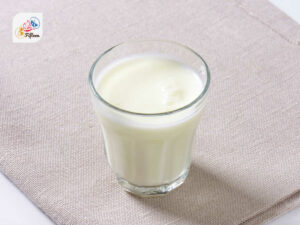
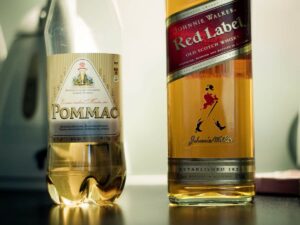
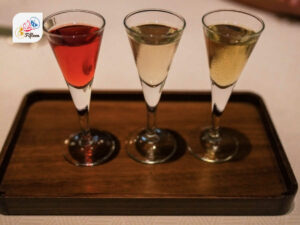
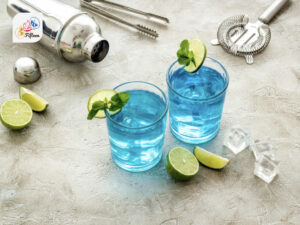
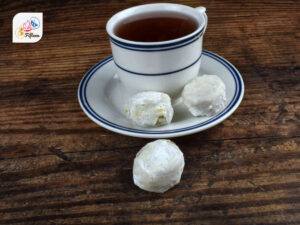
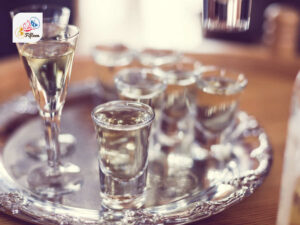
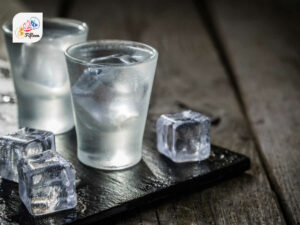
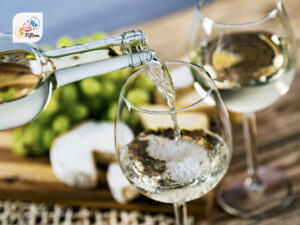
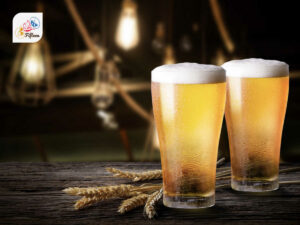
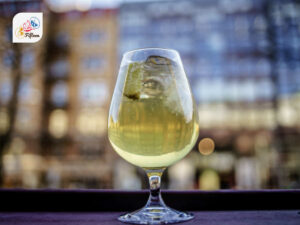
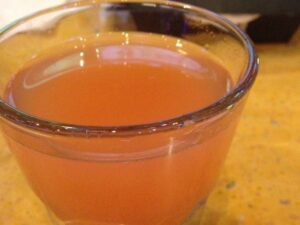
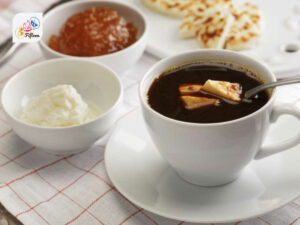
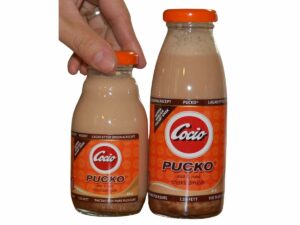
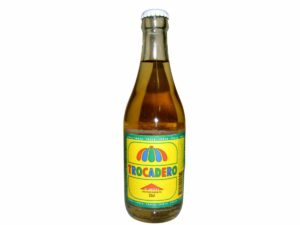
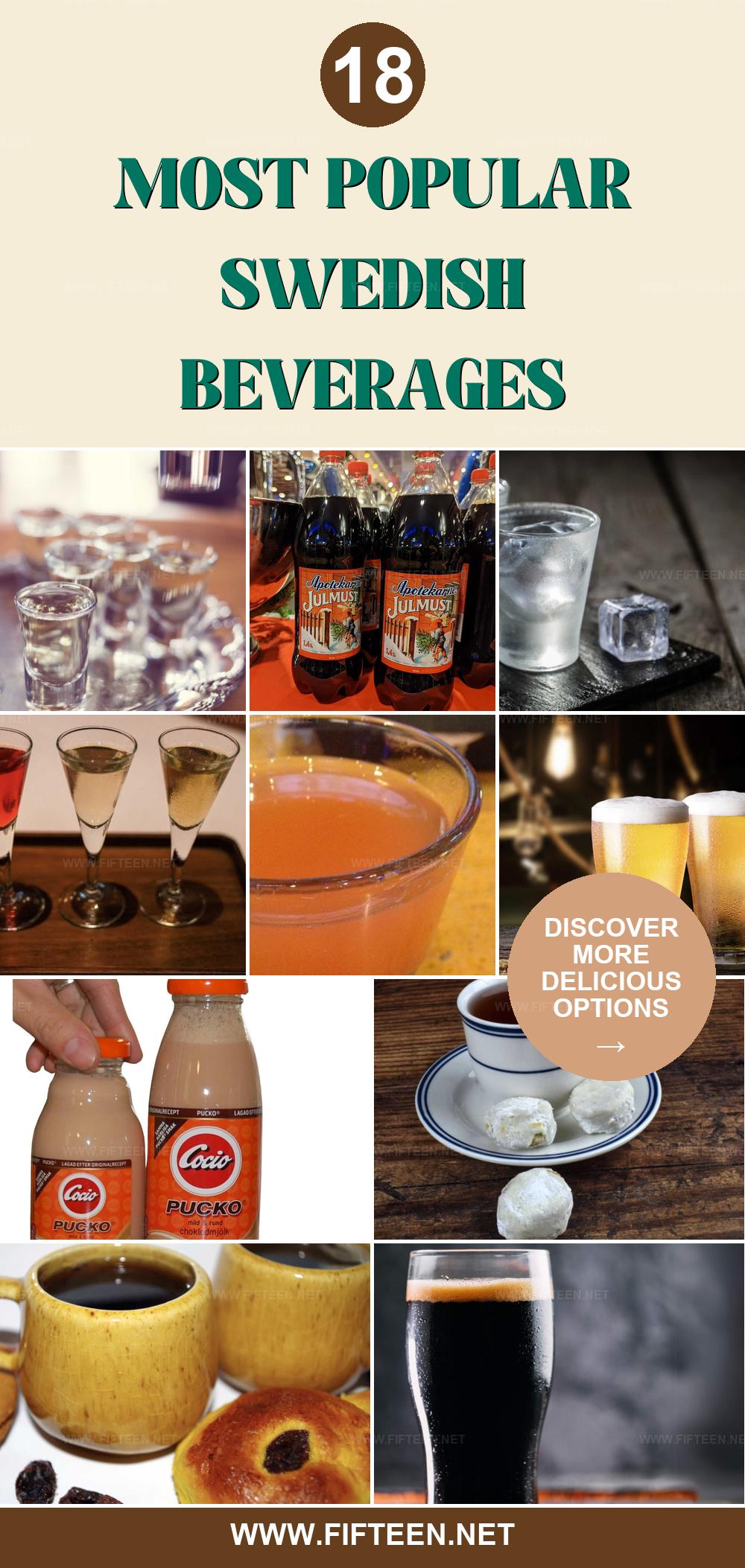
Jamie Scott
Editor in Chief, Senior Content Writer
Expertise
Home Cooking, Meal Planning, Recipe Development, Baking and Pastry, Food Editor, Cooking-video Maker, Western Food Evaluation Expert
Education
Le Cordon Bleu College of Culinary Arts
Local Community College, New York, NY
Jamie Scott is a skilled culinary expert and content creator specializing in Western cuisine. With over 15 years in the culinary field and formal training from Le Cordon Bleu, Paris, Jamie deeply understands how to blend nutrition with delicious flavors. His passion for cooking matches his commitment to making healthy eating accessible and enjoyable.
On Fifteen.net, Jamie brings a fresh perspective to classic dishes and beverages, offering readers insightful recipes, cooking tips, and a fresh view on meal planning that emphasizes taste, health, and simplicity.